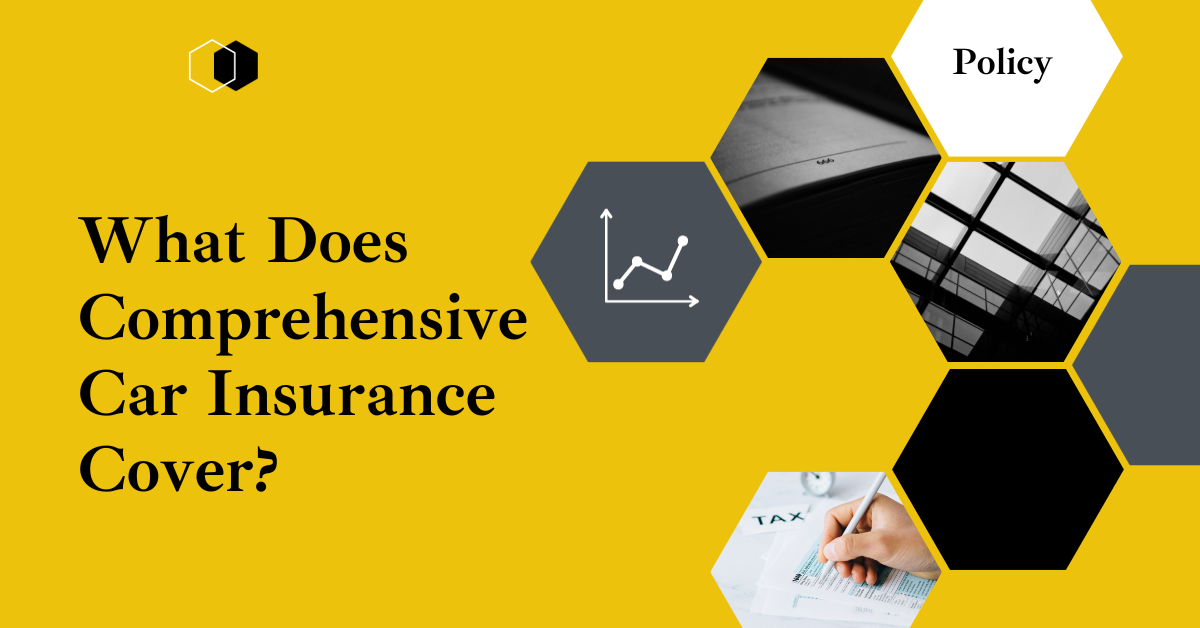Introduction
In the world of car insurance, comprehensive coverage stands out as a shield against a myriad of unexpected events. Beyond the standard collisions and accidents covered by basic policies, comprehensive insurance adds an extra layer of protection. Let’s dive into the details of what comprehensive car insurance covers and why it’s a crucial consideration for every vehicle owner.
What is Comprehensive Car Insurance?
Comprehensive car insurance is more than just a safety net; it’s a comprehensive shield that protects your vehicle from a wide range of potential risks. Unlike liability insurance, which covers damages to other parties involved in an accident, and collision insurance, which covers damages resulting from collisions, comprehensive insurance is designed to handle non-collision incidents.
Coverage for Accidents and Collisions
While comprehensive insurance primarily focuses on non-collision incidents, it also provides coverage for accidents. This includes damage to your vehicle resulting from collisions with other vehicles or objects. Understanding this dual aspect of comprehensive coverage ensures you have a holistic understanding of its protective scope.
Protection Against Theft and Vandalism
One of the standout features of comprehensive insurance is its coverage against theft and vandalism. Imagine returning to where you parked your car only to find it missing or damaged due to malicious intent. Comprehensive insurance steps in to alleviate the financial burden in such unfortunate situations.
Natural Disasters and Acts of God
Mother Nature can be unpredictable, and comprehensive insurance acknowledges this reality. From hailstorms to earthquakes, comprehensive coverage extends to damages caused by natural disasters and what insurance terms as “acts of God.” This aspect is particularly crucial for individuals residing in areas prone to such events.
Glass Coverage
A cracked windshield might seem like a minor inconvenience, but it poses safety risks and can lead to more extensive damage if ignored. Comprehensive insurance often includes glass coverage, addressing the repair or replacement of damaged windshields and windows.
Animal Collisions
Encountering wildlife on the road can be hazardous, not just for the animals but for your vehicle as well. Comprehensive insurance typically covers damages resulting from collisions with animals, whether it’s a deer darting across the road or a small animal causing unexpected damage.
Fire Damage
The aftermath of a fire can be devastating, and comprehensive insurance provides relief by covering damages caused by fires. Whether your car is caught in a wildfire or suffers from fire-related incidents, comprehensive coverage ensures you don’t bear the entire financial burden.
Flood and Water Damage
Flooding and water-related damage are not exclusive to homes; they can affect vehicles as well. Comprehensive insurance steps in to address the costs of repairing or replacing a vehicle damaged by floods or water-related incidents. Geographical considerations play a role in the relevance of this coverage.
Coverage Limits and Deductibles
Understanding the limitations of your comprehensive coverage is as important as knowing what it covers. Coverage limits and deductibles influence the extent of protection and the out-of-pocket expenses you might incur in the event of a claim. Striking the right balance is key to optimizing your comprehensive insurance policy.
Is Comprehensive Insurance Mandatory?
Unlike liability insurance, which is mandatory in most places, comprehensive insurance is typically optional. However, it becomes a compelling choice for many drivers due to the extensive protection it offers. Exploring whether comprehensive insurance is mandatory in your region is an essential step in making informed insurance decisions.
Cost Factors and Premium Determinants
The cost of comprehensive insurance varies based on numerous factors. Understanding these factors, such as the make and model of your vehicle, your location, and your driving history, allows you to manage premiums effectively without compromising on coverage. Striking this balance ensures that comprehensive insurance remains an affordable yet robust investment.
